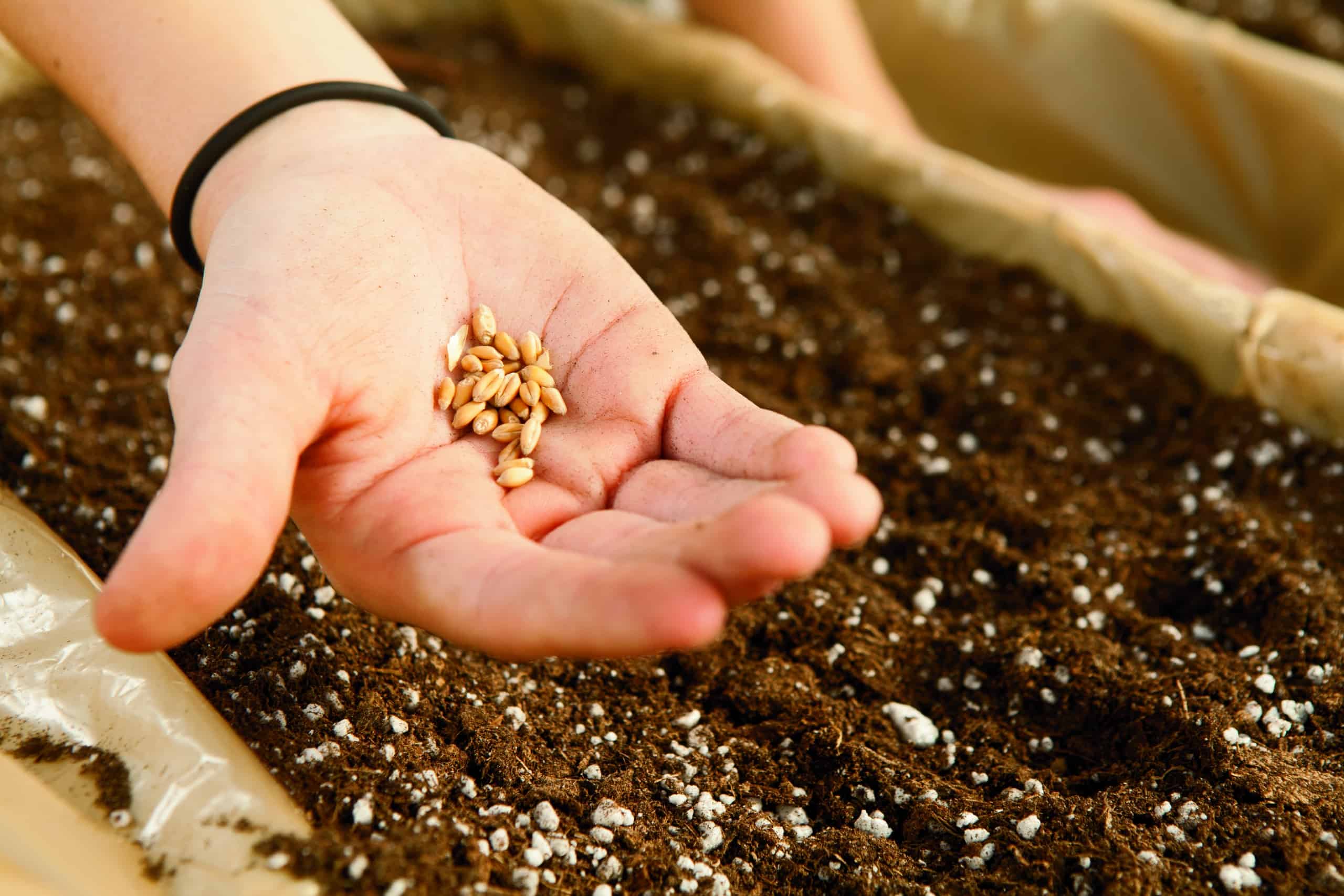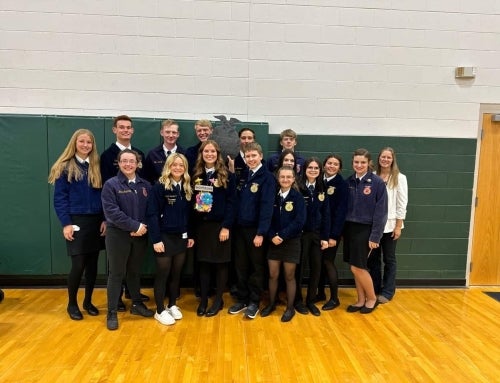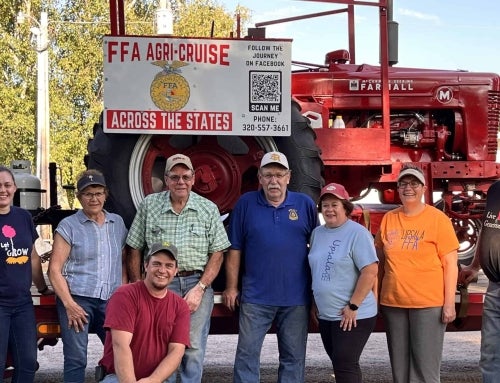When Kevin Cooper works with his students, his first rule in the classroom is not to use the word “dirt.”
That’s because Cooper believes “soil” more accurately describes something that is a critical link in the food chain. Without a healthy soil, productivity suffers. “When we talk about the massive tonnage of corn and soybeans produced that we then feed to livestock, and we harvest the meat protein that everyone enjoys, they start to understand the impact healthy soils have on all of us,” Cooper says.
Cooper, the advisor of the Nevada FFA Chapter in Iowa, is also a farmer and an advocate for the use of cover crops. His mission is to teach his students about the tremendous benefits that cover crops can offer — even to students who may not live on a farm.
“I want my students to understand the critical role cover crops play,” he says. “For instance, we talk about how the added plant material surface on cover crops helps keep nutrients in the field and not running off into the water. Excess nutrients showing up in the water supply is a huge issue in our area.
“When we have plants growing, they are also pulling carbon out of the air,” he adds. “So cover crops are a carbon sink that we need to offset the CO2 being produced. Cover crops also add a tremendous amount of organic matter to the soil, which helps it remain productive. We’re going to need these soils to remain productive in order to produce the food we need for a growing population.”
Great Soil Conservationists
Chad Asmus, a sustainable agriculture production strategist at BASF, an FFA corporate partner, says one of the main ways the company assists farmers in implementing a cover crop strategy is by simply providing them with the necessary tools and information.
“Farmers are great soil conservationists, and they are leading the charge to ensure soils remain productive and healthy,” Asmus says. “Being able to build upon those solid foundations of soil conservation, with adding more living roots, is the real strength of cover crops. Having some of the tangible benefits of improved water infiltration, water-holding capacity, nutrient cycling … all of that is part of the journey to ensure the soil’s productivity for future generations.
“I would encourage the students to continue to educate themselves on cover crops,” Asmus continues. “There are a lot of resources available for those going back to farm, and even those who are considering other agricultural professions. Soil health impacts us all.”












